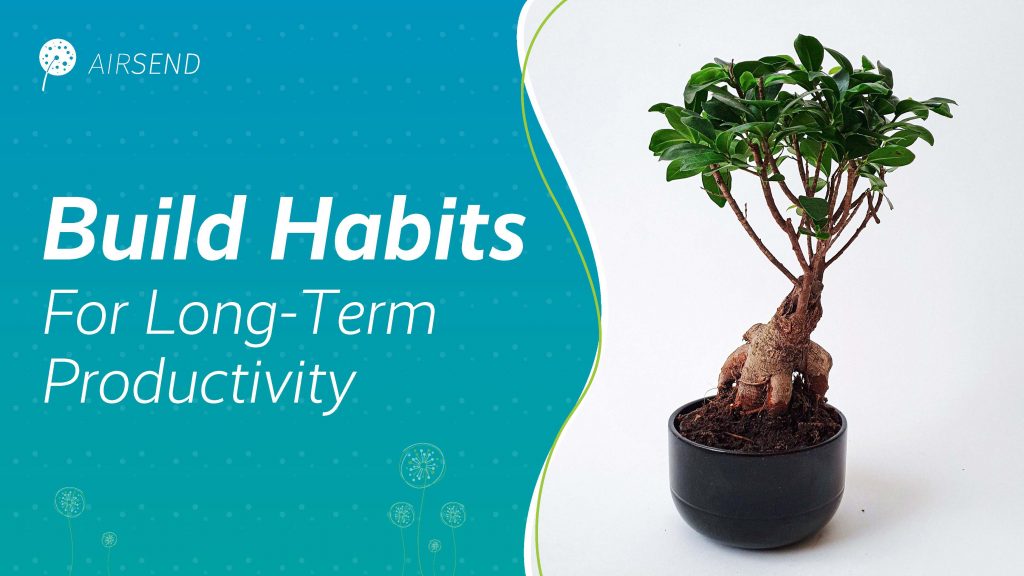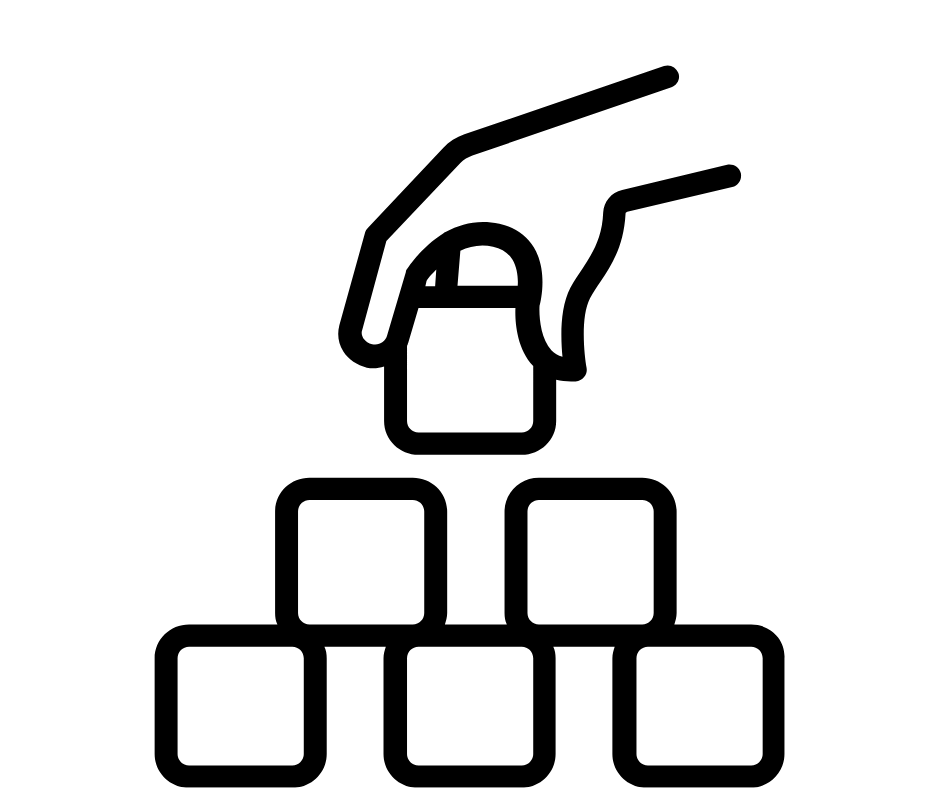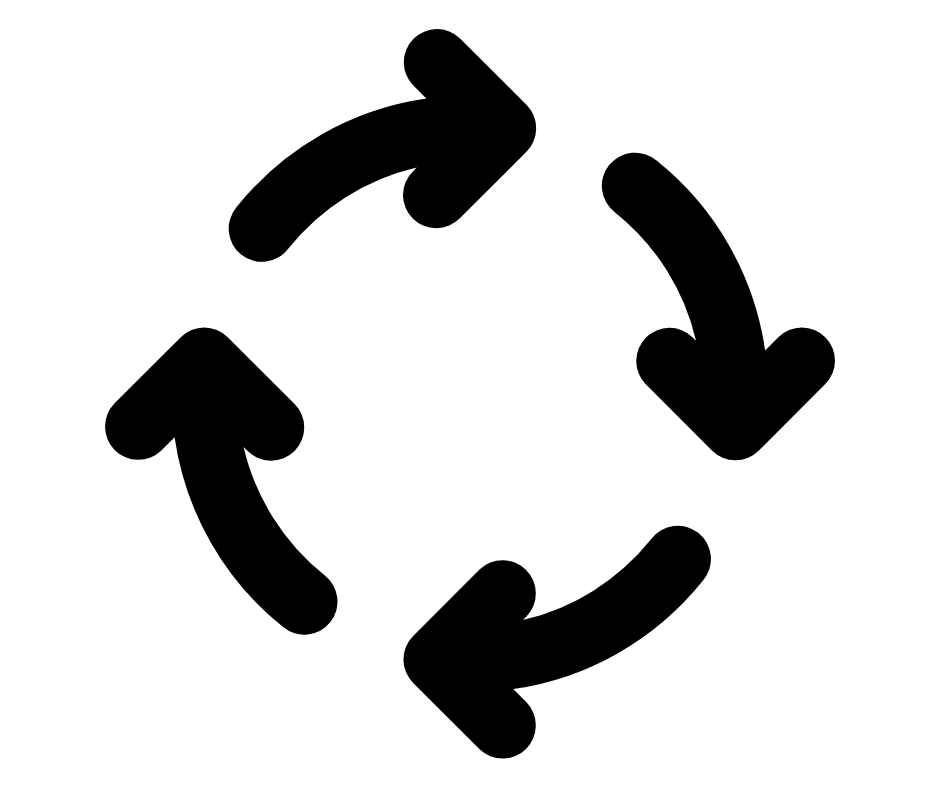
This is the fifth article in the remote work and productivity series, focusing on methodologies, best practices, and approaches that can be used to improve productivity.
Series Motto: Being busy is not the same as being productive
In the previous articles of the series, we described how our brains function, showed some of the most common approaches and methodologies that improve productivity, described the Inbox0 approach, and discussed how we can set goals and engage in long-term planning. In this article, we’ll focus on the opposite side of the spectrum and explain how productivity can be greatly improved by small, repetitive daily actions.
Routines, Habits, and Rituals
At first glance, routines, habits, and even rituals can seem like they describe the same thing – regular repetition of an action (or series of actions). When we look below the surface though, we find a subtle yet impactful difference between these concepts.
Routine
A routine is a series of regularly performed actions that take some effort to establish, e.g., checking emails and all incoming communication first thing in the morning. Another example is creating team goals or OKRs for each product release or business quarter. We are often conscious of the actions we take in our routines.
Habit
A habit is a little bit different by nature. It starts as a conscious choice but develops into an almost unconscious pattern that tends to happen “naturally”. A good example is the habit of reading a book before bed or drinking a glass of water after waking up.
Ritual
A ritual on the other hand is a routine with a little bit more of a “spiritual” flavor. This is a series of actions connected to a more meaningful moment, usually requiring heightened awareness or mindfulness. An example might be a daily mantra or affirmation, a weekly meal with the family, or an annual trip to a beloved place.
Routines usually require more intention, effort, and energy. Yet, with discipline, time, and the right techniques, we can build routines into habits or even convert them into rituals. From a productivity standpoint, habits are the most important type of regular activity, since they become natural drivers for automating actions, which conserves our brain’s resources. Preserving our brain’s capacity, as we already know, is a major key to productivity.

Why Do Habits Improve Productivity?
Habits are valuable because we perform them automatically, without any particular thought. As mentioned in the first article of the series, context switching is the biggest productivity killer; if we can carry out necessary yet repetitive tasks without needing to actively think about them, we can avoid context switching.
Obviously, it is impossible to create habits related to complex or unique tasks. However, we can definitely transform small, repetitive actions into supportive habits. Small, incremental habits are the secret to life-long productivity and achievement. Want to learn a new skill? Simply develop a habit of spending 15 minutes maybe four times a week on the subject – results will follow.
How to Develop a New Habit
Now that we’ve explored what habits are and how they contribute to productivity, let’s figure out how to develop a new habit. The process of creating a new habit can be complex, requiring a combination of time, discipline, and attention. Fortunately, there are many great books on the subject. Two classics include Atomic Habits by James Clear and The Power of Habit by Charles Duhigg. These resources describe some techniques that can help simplify the process.
Building a habit can be divided into four steps: cue, craving, response, and reward[1]. Those steps are the building blocks of every habit – our brains go through them, in the same order each time.

Cue
The first step is the cue, which triggers our brain to start the behavior. This process lays deeply in human nature. In short, a cue indicates that performing a certain action will likely be followed by a reward. Once we identify the action, it leads us to the reward (which can be anything like food, love, satisfaction, money, fame, power, etc.). The cue naturally leads to craving.
Craving
Cravings are the motivational force behind every habit. There is no real reason to act without any level of motivation or desire behind the action. The important thing to understand is that we don’t desire the habit itself but the state it delivers. I.e., we’re not motivated by reading the book but by the entertainment (or knowledge improvement) it brings. What’s more, each person is different and people are motivated by distinct cues. For addicts, a glimpse of a cigarette would most likely trigger the desire to smoke. For a non-smoker, the sight of a cigarette would not trigger a craving. Cues and cravings are usually a combination of experiences, thoughts, feelings, and emotions.
Response
The third step is the response – the actual habit we perform. This is where internal motivation comes into the picture since the response highly depends on the intensity of the craving. If a particular action requires more effort than we’re willing to expend, we simply won’t do it. What’s more, we need to be fully capable of performing the action first. (This concept links nicely with the “divide and conquer” strategy presented in the previous article from the series). If we’re not able to run for 20 minutes, we can’t think about creating a habit of running for an hour straight.
Reward
Once the response happens, it leads us directly to the reward, which is the end goal of each habit. From the habit-creation perspective, rewards have two purposes: (1) they provide satisfaction (apart from the benefits the response may bring, like better health). (2) They reinforce behaviors that lead to the reward. The second purpose is the most important one to recognize in successfully developing a habit. Once our brain links the cue to the reward, it becomes much easier to find the will to perform the required action.
Habit Loop
These four steps, repeated over and over again, create the habit loop. Interestingly enough, all four stages are equally important. If we eliminate the cue, the habit will never be initiated. If we reduce the craving, we won’t be able to find the motivation to act. Making a response difficult to perform will lead to dropping the habit after a couple of repetitions only. If the reward doesn’t match the desire, there is no point (at least from the brain’s perspective) in repeating that action again.
Let’s present an example of the habit loop:

Cue – an obstacle blocks your progress on a project.
Craving – you feel stuck and frustrated.
Response – you check social media to ‘take a break.’
Reward – you lowered your frustration levels (craving).
With repetition, this cycle can become a habit loop where checking social media becomes associated with feeling blocked or stuck at work.
Yes, the above example is very real. The problem with habits is that it’s usually much simpler to create bad habits than good ones. The term “bad habit” is a familiar one, especially compared to the term “good habit” (usually only heard in mindfulness or productivity discussions, like this one).
Building Good Habits
Considering the habit loop helps us improve our process for building good habits by taking some conscious actions. As we analyze each step, we can associate it with the most important feature:
The cue has to be obvious so our brain can spot it. The craving should be attractive enough to spark sufficient motivation. The response should be as easy as possible to perform. Lastly, the reward must be satisfying enough to encourage repetition. Those are the main guidelines for a single habit to succeed.
Constructive Concepts
Based on these ideas, we can form a couple of reasonable statements that will reinforce the whole habit development process.
- Focus on one new habit at a time – each new habit requires time and motivation, and it becomes a lot easier if we can focus on one habit at a time.
- Be consistent with the new habit. The required time to form a new habit can range from three to even nine weeks. The key here is repetition and consistency.
- Try to anchor your new habit to an already established routine. Your established routine can then serve as a reliable cue that will make the whole process a lot easier. This is especially true when we can specify the time and location. “I will read a book for fifteen to twenty minutes before going to sleep” is a clearly stated habit that is relatively easy to develop. Another classic one is: “I will do 20 push-ups after brushing my teeth in the morning”. Since everyone likely already has a routine in place to brush their teeth in the morning, it’s a lot easier to start a new habit using the routine as a cue.
- Start small – focusing on tiny habits first, which usually require much lower motivation, the required response is much easier to accomplish. By successfully building smaller habits, you can then cultivate the necessary discipline and confidence to take on larger goals.
- Track your progress – the power of habits comes from their consistent, repetitive nature. To become successful, we want to perform actions as frequently as planned (daily, weekly, or a set number of times a week, etc.). The frequency itself is not as important as the consistency of the response. There are many apps out there that can help you track progress for each habit you create. Highly recommended!
Creating a habit and keeping it active for a long time is not always an easy task. However, with the knowledge and techniques presented in this article, it should become much more achievable.

Summary
In this article, we briefly explained the importance of tiny, repetitive actions that can push our lives forward. These kinds of actions can help us meet long-term goals in that magical, unnoticeable, but constant manner. I think there is no better way to end this article than citing a wonderful line written by an American philosopher, Will Durant (though frequently misattributed to Aristotle).
“We are what we repeatedly do. Excellence, then, is not an act, but a habit”.
Good luck!
Article written by Tomasz Formański
[1] The Power of Habit by Charles Duhigg. 2012, RandomHouse.